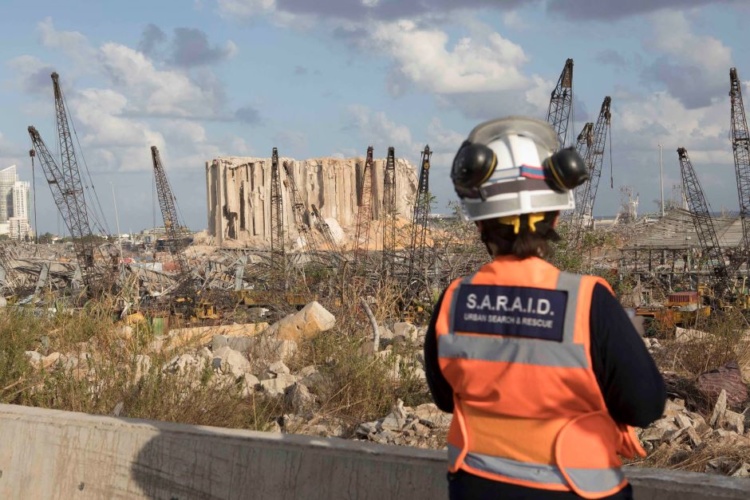Q&A: How SARAID is helping to bring structural stability to Beirut
On August 4, 2020 the Lebanese capital of Beirut was rocked by an explosion that could be felt around 150 miles away on the island of Crete.

The blast, which took place in the city’s port area, was caused by the explosion of nearly 3000 tonnes of ammonium nitrate which had been stored in the vicinity for several years.
According to OCHA, the UN’s humanitarian affairs office, nearly 180 people were killed and over 6,000 injured in the blast, which destroyed most of Beirut’s port and surrounding neighbourhoods, rendering thousands homeless. The explosion damaged six hospitals, 20 health clinics and 120 schools.
Engineering a response to Nepalese earthquakes
The international response was swift with numerous organisations including the International Red Cross and Red Crescent Movement mobilising rapidly to provide assistance to the citizens of Beirut. Among them were members of SARAID (Search and Rescue Assistance In Disasters), a volunteer force that heeded the call of Lebanese local authorities and sent two teams to the stricken city.
After arriving in Beirut on August 6, SARAID set to work with local engineering teams and international Urban Search And Rescue (USAR) teams to assess the impact of the damage and help local engineers make the decision as to whether buildings are safe for occupation or not. They were backed up by a remote team of experts working from the UK.
Register now to continue reading
Thanks for visiting The Engineer. You’ve now reached your monthly limit of premium content. Register for free to unlock unlimited access to all of our premium content, as well as the latest technology news, industry opinion and special reports.
Benefits of registering
-
In-depth insights and coverage of key emerging trends
-
Unrestricted access to special reports throughout the year
-
Daily technology news delivered straight to your inbox










Water Sector Talent Exodus Could Cripple The Sector
Maybe if things are essential for the running of a country and we want to pay a fair price we should be running these utilities on a not for profit...